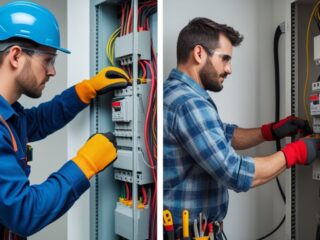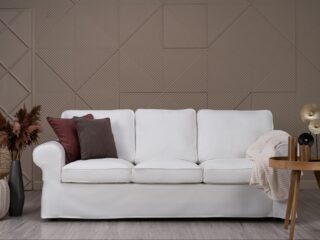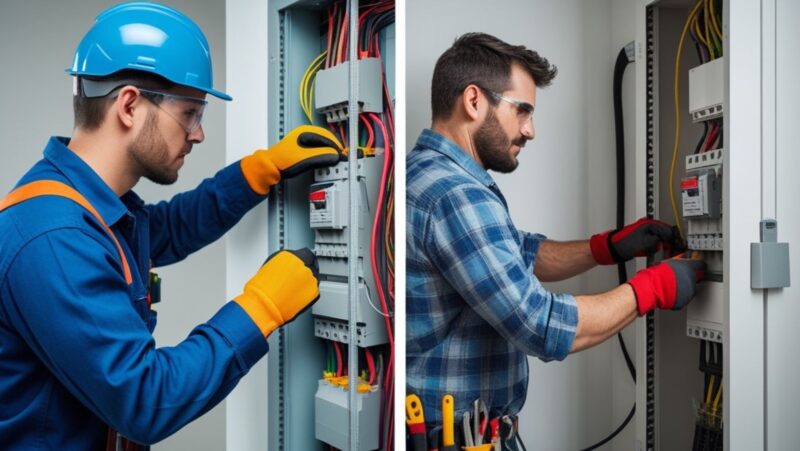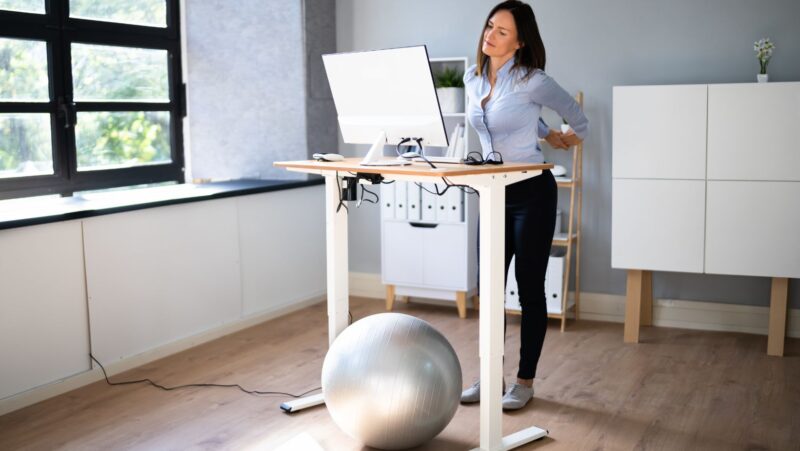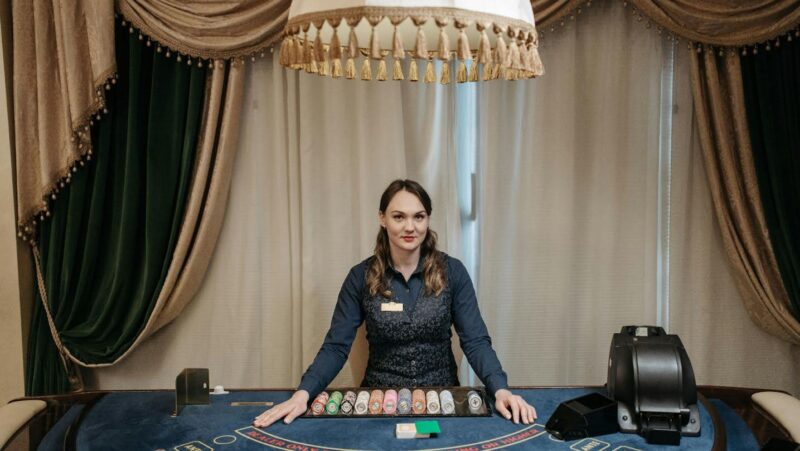
The evolution of architectural materials has witnessed numerous innovations, but few have captured the imagination of designers quite like weathering steel. This remarkable material, which tells the story of time through its ever-changing surface, has become a cornerstone of contemporary architectural expression.
A Heritage of Innovation
Weathering steel’s journey began in the 1930s when the United States Steel Corporation developed its first iteration. Initially engineered for railroad coal wagons, this revolutionary material soon caught the attention of architects and designers. Steel’s distinctive characteristic—its ability to form a protective rust-like appearance—quickly transformed it from an industrial material into an architectural statement.
The material’s basic properties stem from its unique composition. Weathering steel forms a stable rust-like appearance after exposure to weather conditions. This protective patina shields the base material from further corrosion, eliminating the need for painting or surface treatments. Its self-protecting nature has made it increasingly popular among architects seeking durability and aesthetic appeal.
In recent years, there has been a surge in the application of weathering steel across diverse architectural projects. Its presence in contemporary architecture continues to grow from museums to private residences. This renaissance reflects a broader shift toward materials that embrace natural aging processes while maintaining structural integrity.
Understanding Technical Properties
The effectiveness of weathering steel lies in its carefully balanced chemical composition. The steel contains specific amounts of copper, chromium, and nickel, which work together to create its signature protective layer. These elements promote the formation of a stable oxide film, distinguishing it from regular steel that continues to rust over time.
Comparative Analysis with Other Corrosion-Resistant Alloys
While weathering steel excels in architectural applications, it represents just one option within the broader spectrum of corrosion-resistant materials. Superalloys like Inconel 718, known for their exceptional resistance to extreme environments, serve primarily in aerospace and industrial applications. This nickel-chromium-based alloy withstands temperatures up to 1300°F (704°C) and offers superior resistance to oxidation and scaling.
Other notable corrosion-resistant materials include:
● Duplex stainless steel, offering enhanced strength and corrosion resistance
● Monel alloys, excelling in marine environments
● Hastelloy variants, designed for chemical processing environments
Weathering steel distinguishes itself through its unique architectural aesthetics and practical durability. Unlike these high-performance alloys, which maintain unchanged appearances, weathering steel’s controlled corrosion creates its signature patina—a characteristic highly valued in architectural applications.
Architectural Applications
Exterior cladding represents one of the most visible applications of weathering steel. Architects utilize large panels to create striking facades that evolve. The material’s natural aging process adds depth and character to building exteriors, creating dynamic surfaces that respond to environmental conditions.
Weathering steel proves its versatility in structural applications. The material’s strength and durability, from support beams to load-bearing elements, makes it ideal for exposed structural components. Its natural finish eliminates the need for additional treatments while maintaining structural integrity.
Decorative features crafted from weathering steel add distinctive touches to architectural designs. Screens, sculptures, and architectural details benefit from the material’s unique aesthetic properties. These elements often serve dual purposes, functioning as both artistic statements and practical components.
Landscape architecture has embraced weathering steel for its natural appearance and durability. Retaining walls, planters, and garden features from this material blend seamlessly with outdoor environments. The steel’s evolving patina complements natural elements while providing long-lasting structural support.
Design Considerations
Color evolution plays a crucial role in weathering steel applications. Designers must consider how the material’s appearance will change over time and how this transformation affects the overall aesthetic impact. The patina’s development creates unique patterns and textures integral to the design.
Structural calculations must account for the material’s specific properties. Engineers consider thickness requirements, load-bearing capacity, and long-term performance characteristics. These calculations ensure proper integration while maintaining safety standards.
Environmental factors significantly influence weathering steel’s performance. Exposure to pollution, marine environments, and varying weather conditions affect patina formation and long-term durability. Designers must carefully evaluate local conditions when specifying this material.
Integration with other materials requires thoughtful consideration. Weathering steel can interact with adjacent materials through runoff and staining. Proper detailing and material separation techniques prevent unwanted interactions while maintaining design integrity.
Environmental Impact
Sustainability represents a key advantage of weathering steel applications. The material’s long lifespan and minimal maintenance requirements contribute to reduced environmental impact. Its natural finish eliminates the need for paint or coating systems, reducing chemical usage and maintenance costs.
Lifecycle assessment studies demonstrate favorable environmental performance. The material’s durability results in extended service life, while its recyclability supports circular economy principles. End-of-life considerations show that weathering steel can be fully recycled without quality degradation.
Energy efficiency benefits emerge through various applications. When used as cladding, weathering steel can contribute to thermal mass strategies. Proper integration with building systems can enhance overall energy performance while maintaining aesthetic goals.
Installation Methods
Preparation requirements demand careful attention during installation. Surface preparation, handling procedures, and storage conditions affect initial patina formation. Proper techniques ensure optimal performance and aesthetic development.
Assembly techniques vary based on application requirements. Welding, bolting, and mechanical fastening systems each offer distinct advantages. Selection depends on design requirements, structural needs, and aesthetic considerations.
Weather sealing considerations protect building integrity. Proper detailing around joints, penetrations, and transitions prevents water infiltration. These details must accommodate thermal movement while maintaining weather resistance.
Cost Analysis
The initial investment in weathering steel often exceeds traditional materials. However, long-term maintenance savings offset higher upfront costs. Eliminating painting and coating requirements significantly reduces life-cycle expenses.
Comparative analysis with traditional materials reveals favorable long-term economics. While initial costs may be higher, reduced maintenance requirements and extended service life provide compelling value propositions, contributing to positive return-on-investment calculations.
Ideal Practices
Design recommendations emphasize proper detailing and material selection. Successful projects incorporate adequate drainage, avoid water traps, and maintain proper ventilation, which ensures optimal performance and appearance over time.
Installation guidelines stress the importance of proper handling and assembly. Techniques for cutting, welding, and fastening must follow established procedures. Attention to these details prevents future problems and ensures desired outcomes.
Common pitfalls include inadequate drainage provisions and improper material combinations. Understanding these challenges helps designers avoid costly mistakes. Proper planning and detailing prevent the most common issues.
Future Innovations
Emerging applications continue to expand the possibilities of weathering steel. New forming techniques and fabrication methods create additional design opportunities, opening new avenues for architectural expression.
Integration with smart building systems represents an exciting frontier. Sensors monitoring material performance and environmental conditions provide valuable data. This information helps optimize maintenance schedules and predict long-term performance.
Research continues into enhanced formulations and surface treatments. These developments aim to expand application possibilities while maintaining core benefits. Future innovations may further reduce environmental impact while enhancing performance characteristics.
Conclusion
Weathering steel’s integration into modern architectural design masterfully blends aesthetics with performance, creating distinctive expressions while maintaining structural integrity. Despite application challenges, its sustainability benefits, reduced maintenance needs, and ongoing innovations continue to make it an increasingly attractive choice for architects and engineers seeking materials that transform beautifully with time.



